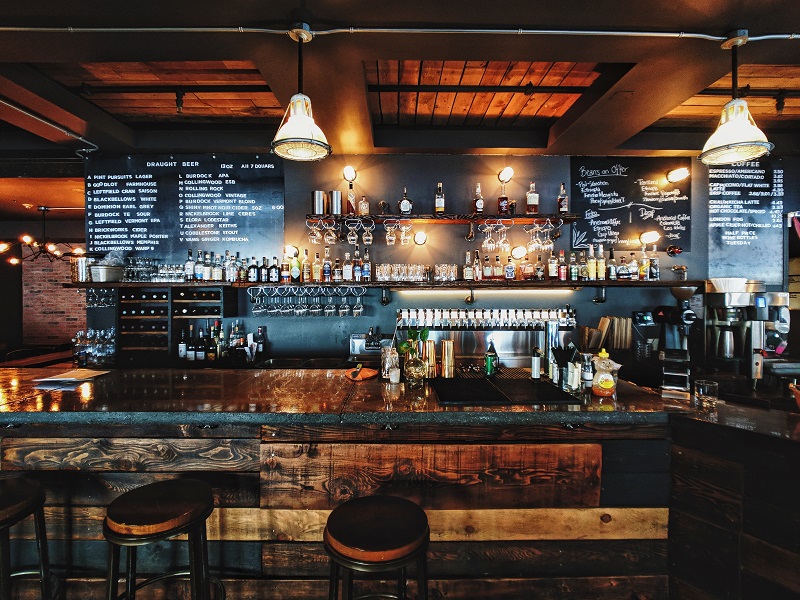By Marisa Bidois, Restaurant Association CEO
Managing rising food costs is one of the biggest challenges in hospitality. Profit margins are slim, so when food costs fluctuate operators need to ensure they stay on top of their menus, changing ingredients in a dish, renegotiating with suppliers and adjusting pricing if necessary. However, even as base costs increase operators are often reluctant to take the option of raising menu prices. Restaurant Association members were recently surveyed to share their feedback on this topic.
The survey reveals that over 35 percent of members have raised menu prices over the past 1-3 months, with another 37 percent adjusting their menu prices over the past 3-12 months. More than three-quarters of the survey respondents have raised their menu prices over the past year, reflecting a need to pass on some of the increased operational costs impacting businesses. As one restaurateur commented in the survey, “Customers don’t see the correlations between rising wages and the need to raise menu prices. The idea of a ‘living wage’ is all very fine until it affects the customer directly.”
Although many business owners have already altered menu prices over the past year, half of the survey respondents said it was likely they would raise them again in the second half of 2018. “Food and wage costs are rising, so it will be inevitable cost will pass onto customers”, comments an Auckland café owner. Only 13 percent said they would not make menu pricing changes over the next 12 months.
Of course, raising menu prices doesn’t mean you must raise your whole menu. With smaller price adjustments customers are unlikely to notice the change. A larger change in price requires more explanation to justify the increase to your customers. For 67 percent of the survey respondent’s menu price changes involved adjustments in price for individual menu items, rather than a shift of the entire menu. Those that have increased menu pricing across the board did so by 5 percent on average.
As menu prices have been kept the same over the last 12 months at more than 22 percent of member businesses, other strategies need to be utilised to manage rising costs. Consider whether you can make the dish for less, substitute similar but more affordable ingredients or make the portion size smaller. The survey found that changing the menu or menu ingredients is the option chosen by most operators, with 31 percent selecting this option to help control these costs. Renegotiating contracts or changing suppliers is another option for 17 percent of the survey respondents. One new Auckland business commented, “We are a new business – 6 months old – and we went in a little higher so we had a bit more room to move price-wise. Also, keen to work with seasonal produce and more affordable cuts of meat, rather than raising prices in the future.”
The hospitality industry is a competitive market, and it is never easy to know the right time to take the leap, but as one Bay of Plenty restaurateur commented of their approach, “Negotiate the best price no matter what, but as prices go up we look to use cheaper components (not lesser quality) and then lastly increase prices.”






